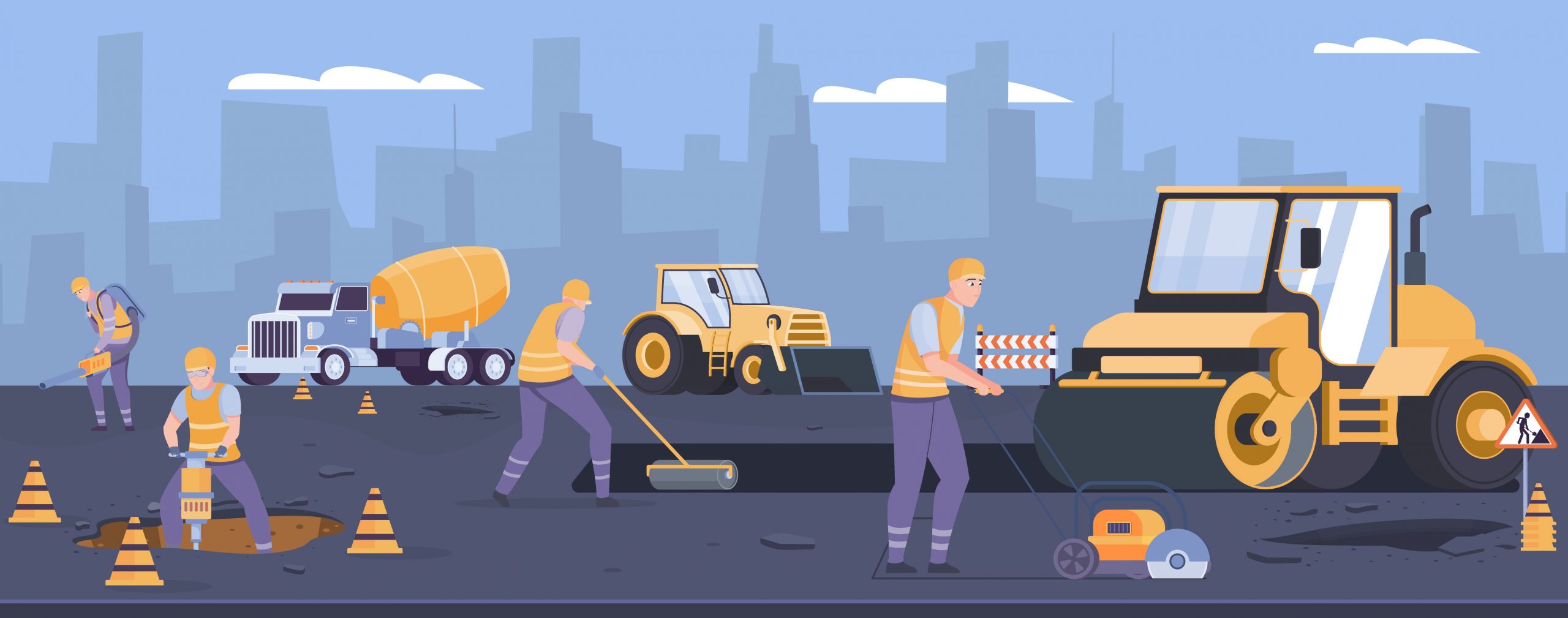News Highlights:
- MGNREGA: Recently, A five-member central team visited rural settlements of Bewa-I gram panchayat, under Farakka block in Murshidabad district.
- The team members met villagers and discussed the benefits of centrally-funded rural development works.
- The villagers, however, had mixed reactions while interacting with the visiting team, it was learnt. Many of the 100 days’ workers (enrolled under Mahatma Gandhi National Rural Employment Guarantee Act) voiced their grievances, alleging that their wages for work done in the year 2021 to 2022 are yet to be paid.
The Mahatma Gandhi National Rural Employment Guarantee Act:
- Background:
- In 1991, the P.V Narashima Rao government proposed a pilot scheme for generating employment in rural areas with the following goals:
- Employment Generation for agricultural labour during the lean season.
- Infrastructure Development
- Enhanced Food Security
- This scheme was called the Employment Assurance Scheme, which later evolved into the MGNREGA after the merger with the Food for Work Programme in the early 2000s.
- In 1991, the P.V Narashima Rao government proposed a pilot scheme for generating employment in rural areas with the following goals:
- About:
- MGNREGA is one of the most significant work guarantee programmes in the world, launched in 2005 by the Ministry of Rural Development.
- It is a skilling project intended to upgrade the skill base of the Mahatma Gandhi NREGA beneficiaries.
- Objective:
- The scheme’s primary objective is to guarantee 100 days of employment in every financial year to adult members of any rural household willing to do public work-related unskilled manual work.
- Increase economic security
- Decrease labour migration from rural to urban areas
- As of 2022-23, there are 15.4 crore active workers under the MGNREGA.
- Legal provision:
- Legal Right to Work: The act addresses chronic poverty’s causes through a rights-based framework.
- At least one-third of beneficiaries have to be women.
- Wages must be paid according to the state’s statutory minimum wages specified for agricultural labourers under the Minimum Wages Act 1948.
- Activities covered:
- Watershed,
- Irrigation and Flood management works,
- Agricultural and Livestock related works,
- Fisheries and work in coastal areas
- The Rural Drinking water and
- Sanitation-related works.
- Key features:
- MGNREGA guarantees a hundred days of wage employment in a financial year to a rural household whose adult members volunteer to do unskilled manual work.
- It gives a significant amount of control to the Gram Panchayats for managing public works and strengthening Panchayati Raj Institutions. Gram Sabhas are free to accept or reject recommendations from Intermediate and District Panchayats.
- It incorporates accountability in its operational guidelines and ensures compliance and transparency at all levels.
Conclusion:
- For most rural workers dependent on the MGNREGS, their labour does not end at the work site.
- Many of them are forced to make multiple trips to the bank, adding travel costs and income losses, and face repeated rejections of payment, biometric errors and wrong information just to get their hands on their wages.
- Even in regular times, these last-mile challenges make it hard for workers to access their wages on time.
- During the COVID-19 pandemic, the situation is exacerbated as transport becomes more challenging, and there is no question of physical distancing at a rural bank.
Pic Courtesy: Freepik
Content Source: The Hindu



